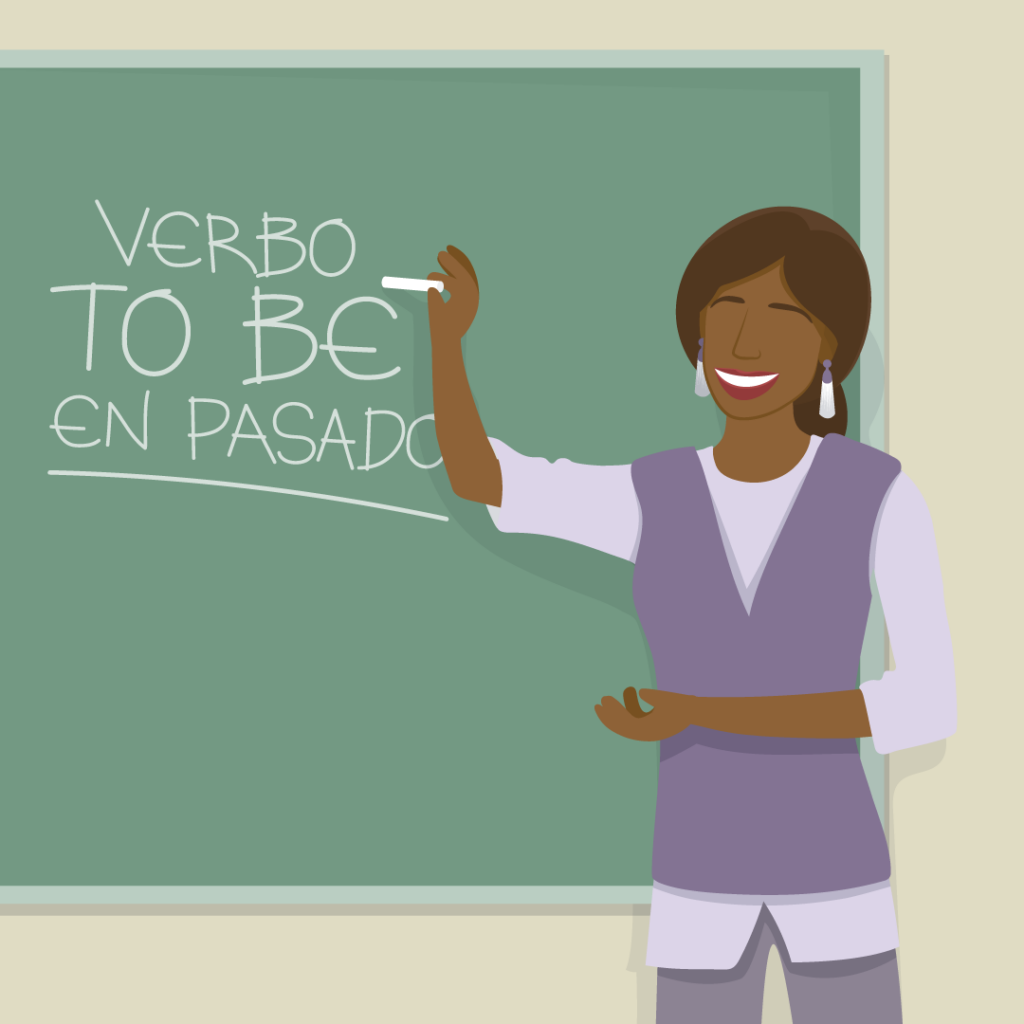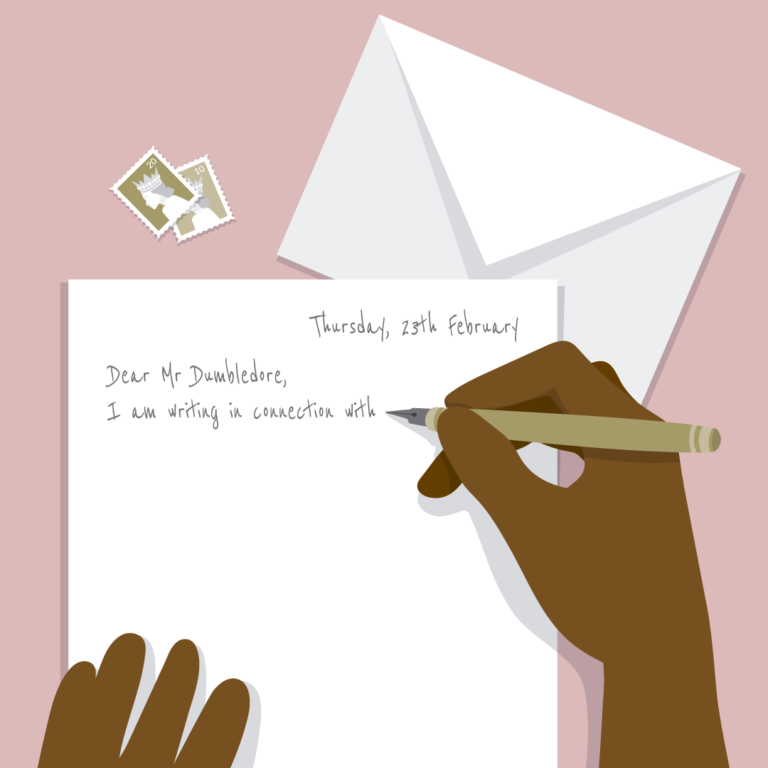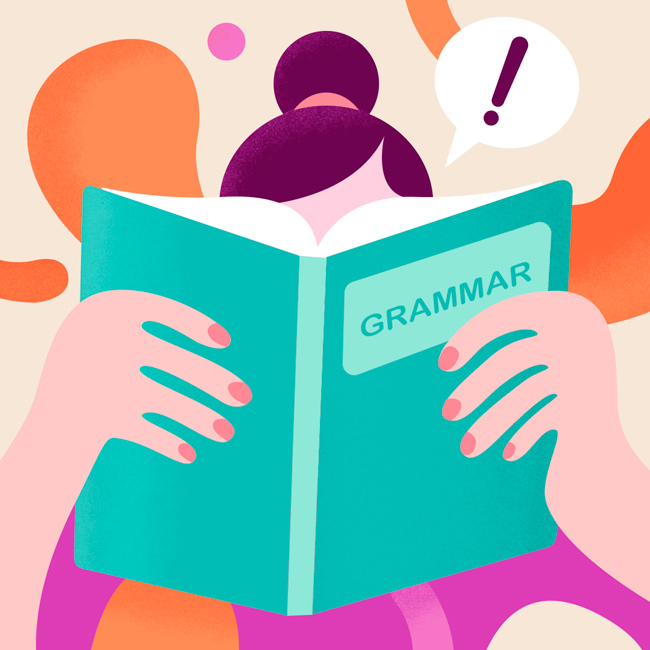Este verbo tiene algunas peculiaridades, ya que no se rige por las normas gramaticales del resto y esto pasa también cuando lo utilizamos en pasado. En este post vamos a ver la forma, el uso y las peculiaridades del verbo to be en pasado simple, así como algunos ejemplos.
Lo primero que tenemos que saber del verbo to be es que es un verbo irregular. Es decir, no forma su past simple ni su past participle siguiendo la regla general de añadir -d o -ed, sino que tiene sus propias formas:
Infinitive: to be
Past simple: was/were
Past participle: been
Podemos traducirlo por el verbo ser o estar:
✅ I was tired.
Yo estaba cansado.
✅ They were very young when they got married.
Eran muy jóvenes cuando se casaron.
Was y were pueden equivaler a yo fui/estuve/era/estaba, tú fuiste/estuviste/eras/estabas, etc.
Forma afirmativa:
- I was
- You were
- He/she/it was
- We were
- They were
Easy peasy! Vamos ahora a ver la forma negativa.
Forma negativa:
Igual que en el presente simple, el verbo to be no necesita el auxiliar do/did para su forma negativa: basta con añadir la partícula not detrás del verbo:
- I was not/wasn’t
- You were not/weren’t
- He/she/it was not/wasn’t
- We were not/weren’t
- They were not/weren’t
✅ She wasn’t there when I arrived.
Ella no estaba allí cuando llegué.
Y no:
❌ *She didn’t was there when I arrived.
❌ *She didn’t be there when I arrived.
Forma interrogativa:
De la misma manera, cuando queremos utilizar el verbo to be para preguntar, volvemos a prescindir del auxiliar do/did. Igual que en el presente, el verbo to be pasa al principio de la oración:
✅ Was your grandma young when she had children?
¿Era joven tu abuela cuando tuvo hijos?
Posibles respuestas:
✅ Yes, she was.
Sí, lo era.
✅ No, she wasn’t.
No, no lo era.
También podemos añadir delante una question word:
✅ When was she born?
¿Cuándo nació ella?
✅ How old were you when your sister was born?
¿Cuántos años tenías cuando nació tu hermana?
Así, la estructura para una frase interrogativa con el verbo to be es esta:
(Question word)+ Was/were + subject + … ?
Otros usos:
Was y were pueden utilizarse de la misma forma que el verbo to be en presente, cuando queremos extrapolarlo al pasado.
Por ejemplo, con la estructura there is/there are:
✔️ There are a lot of sheep in the UK.
Hay un montón de ovejas en Reino Unido.
✔️ There were a lot of sheep in the UK back in the 40s.
Había un montón de ovejas en Reino Unido en los años 40.
✔️ There wasn’t a single person in the room.
No había ni una sola persona en la habitación.
También utilizamos was y were para formar el pasado continuo:
✔️ She was having a shower when I arrived.
Se estaba duchando cuando llegué.
✔️ They weren’t doing their homework yesterday.
No estaban haciendo los deberes ayer.
Vamos con un pequeño ejercicio para ponerte a prueba:
- I ______ 10 when I moved to London.
- Where _____ you when I rang? Nobody answered me!
- They ______ so sad when they heard about it.
- Yesterday it _____ really cloudy.
- _____ Charles feeling ok? He looked terrible!
Respuestas: 1.was – 2.were – 3.were – 4.was – 5.was
¿Qué tal ha ido? ¡Seguro que estupendamente!
Si quieres seguir mejorando tu gramática, Essential Grammar in Use es tu aliado perfecto. Con explicaciones superdetalladas y un montón de ejercicios para convertirte en todo un crack de la gramática inglesa. ¡Consíguelo aquí!





